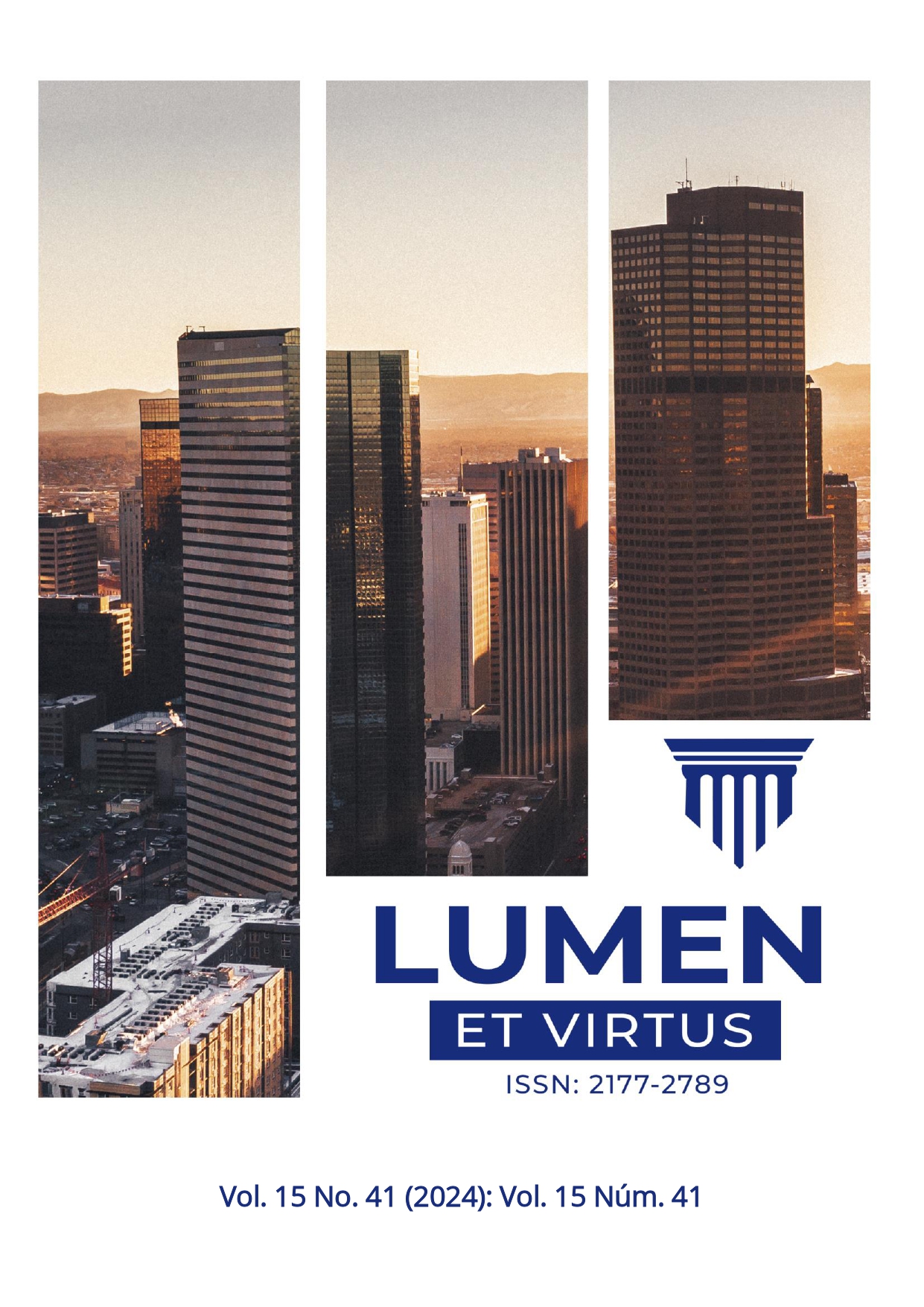MICROBIAL COMPOSITION OF INFECTIOUS PROCESSES OF ENDODONTIC ORIGIN: AN INTEGRATIVE REVIEW
DOI:
https://doi.org/10.56238/levv15n41-032Keywords:
Endodontics, Endodontic Infection, MicrobiologyAbstract
The objective of the present study was to analyze the variety of microbial composition present in infectious processes of endodontic origin, through an integrative review of the literature. He found a dominance of Gram-negative and anaerobic bacteria in the microbial composition of infectious processes of endodontic origin. The study consisted of an integrative literature review, a method that provides the synthesis of knowledge and the combination of data from the theoretical and empirical literature, in addition to incorporating a wide range of purposes, such as defining concepts, reviewing theories and evidence, and analyzing methodological problems of a specific topic. For the development of the integrative review, it began with the definition of the guided question, constructed through the PICO strategy, acronym for Population (P), Intervention (I), Comparator (C) and Outcome (O), as shown in Chart 1. Thus, our guiding question was "What is the microbial composition and variation found in endodontic infectious processes. It was concluded that bacteria such as E. faecalis, Gram-positive, facultative anaerobic, can represent great risks, especially due to antibiotic resistance. In addition, evidence was observed in the literature regarding the composition of viruses and fungi in these infections; However, evidence is still scarce and, therefore, more studies of greater methodological rigor and sample size are needed.





